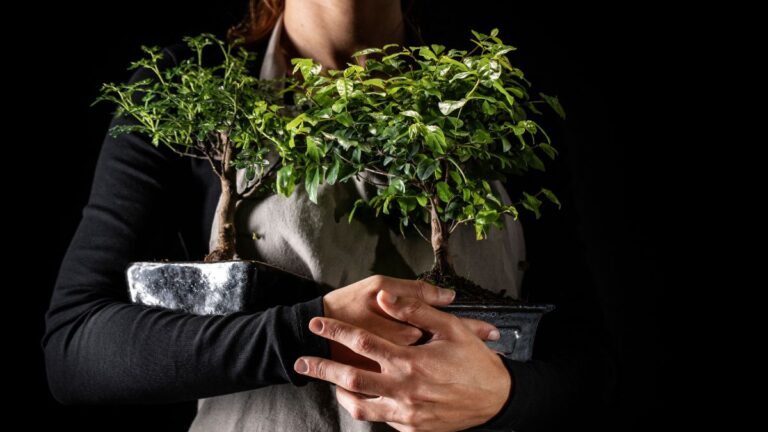rees are much more than simple additions to our landscapes; they are vital to our ecosystems, providing shelter, oxygen, and aesthetic beauty. However, their care requires understanding tree care best practices that ensure they remain healthy and thriving. This process goes beyond planting; it involves continuous nurturing and attention throughout their lives, addressing various environmental and biological factors.
Introduction to Tree Care
Tree care is both an art and a deeply scientific endeavor. From the moment a seed is planted, tree care involves a growth journey, requiring ongoing attention to detail and adapting to changes. This includes understanding the tree species, the specific needs of the micro-environment it’s planted in, and anticipating potential challenges such as climatic changes or pest infestations.
The Importance of Regular Maintenance
Regular maintenance forms the backbone of healthy tree care; consulting a certified arborist is highly recommended for specialized tasks. This goes beyond merely watering; it involves mulching, monitoring for signs of stress or disease, and appropriate feeding. Engaging in these activities can avert larger problems down the line. The National Arbor Day Foundation notes that such diligence promotes healthier trees and significantly boosts property values by up to 20%. By committing to a routine maintenance schedule, tree owners can enjoy leafy companions that are both beautiful and safe.
Choosing the Right Trees for Your Landscape
Tree selection is a critical decision when planning a landscape. The perfect tree must align with the aesthetics and practicalities of your environment. Growth patterns, root structures, and sunlight requirements are essential considerations. Additionally, the tree’s resilience to local weather conditions and common pests can significantly influence health and longevity, reducing the need for extensive ongoing care. By focusing on these aspects, you can ensure your landscape is visually appealing and sustainable in the long term.
Understanding Tree Health and Common Issues
Diagnosing and addressing tree health issues early can significantly enhance a tree’s lifespan. Biological warning signs include leaf discoloration, drooping branches, and uncommon growth spurts. Institutions like the University of Florida’s Institute of Food and Agricultural Sciences (UF/IFAS) highly recommend immediate intervention to counter problems such as root rot or canker diseases, which can be devastating if left unchecked. Vigilance in recognizing these symptoms and informed actions are key to ensuring robust tree health.
Best Practices in Tree Pruning
Pruning is not merely a matter of cutting away branches; it is an essential practice that can determine a tree’s structural integrity and aesthetic form. The timing of pruning is crucial, with late winter being ideal for most deciduous species when trees are less stressed and can heal quickly. Using the correct techniques and tools reduces the disease risk and helps shape trees, encouraging strong foundational growth. These careful practices ensure the tree not only survives but thrives.
Safe and Effective Tree Removal
Tree removal, while often a last resort, is sometimes necessary. This complex task must be handled with precision to prevent damage or injury. Engaging professionals is paramount; they possess the expertise to assess conditions and execute removal with minimal disruption. The decision to remove a tree should consider the immediate landscape and future ecological impacts, ensuring that new plantings can occur in its stead.
Tree Care and Environmental Impact
Trees are essential in mitigating climate change by absorbing CO2 and providing ecosystem services like cooling and erosion control. Sustainable care practices enhance these environmental benefits, reinforcing the value of urban forestry initiatives. Such efforts can make a meaningful difference, as trees play a pivotal role in battling urban heat islands and contributing to biodiversity.
Selecting a Professional Tree Care Provider
When enlisting outside help, choosing a capable and reputable tree care provider is fundamental. Look for certified arborists with a wealth of experience who can evidence their expertise with positive customer feedback and adequate insurance coverage. Personal recommendations and reviews are valuable resources in this selection process. By choosing a competent provider, you ensure your trees receive the best care, safeguarding them for future generations.

